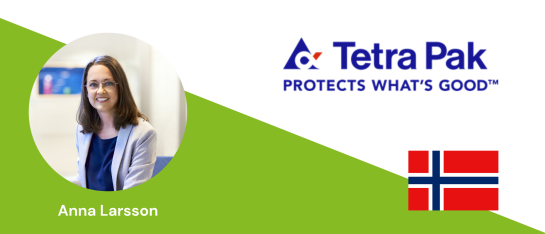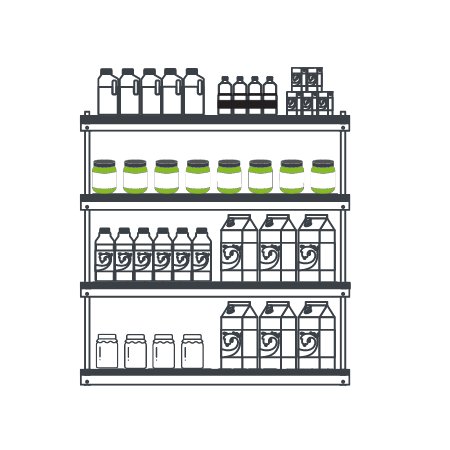Qualitatieve or quantitative
Research questions in a concept test

Concept
Does my FMCG concept stand out enough on the shelf?

Packaging
Which packaging concept appeals most?

Competition
Do consumers pick my concept over competing products?
Research methods for a concept test
1. Concept Discovery Assessment (qualitative)
In a qualitative concept test, our market researchers engage with consumers on the store floor. Respondents are carefully selected based on shopper behavior in a particular category. Because we approach consumers spontaneously in a natural environment (the supermarket), you get truthful insights based on facts.
In a Concept Discovery Assessment, the focus is on the overall concept. But you can also combine a concept test with other types of tests, such as a Design Discovery Assessment or a Category Discovery Assessment. Our interviewers then go deeper into specific aspects such as the packaging design or the category of the product. In this way, you can test multiple aspects in one Discovery Assessment.
2. Concept Validation Assessment (quantitative)
In a quantitative concept test, we place your new concept (minimum viable product) on the desired shelf at a number of retailers. This means that consumers can buy your concept just like any other existing product.
This methods allows us to do real-life testing. Every week we collect the rotation figures and compare this with competitors and where possible industry data. In addition, you get advice for optimization.
With a quantitative concept test, you gain insight into such things as:
Tip: In-Home User Assessment
Testimonials

Tamara Vieveen
Unilever
"The goal of the research was to get a clear picture of consumer response to the concept, and that succeeded! Moreover, the results are practically applicable. We have already taken internal steps to further optimize the concept based on these insights."

Anna Larsson
Tetra Pak

Thari Hesselink





